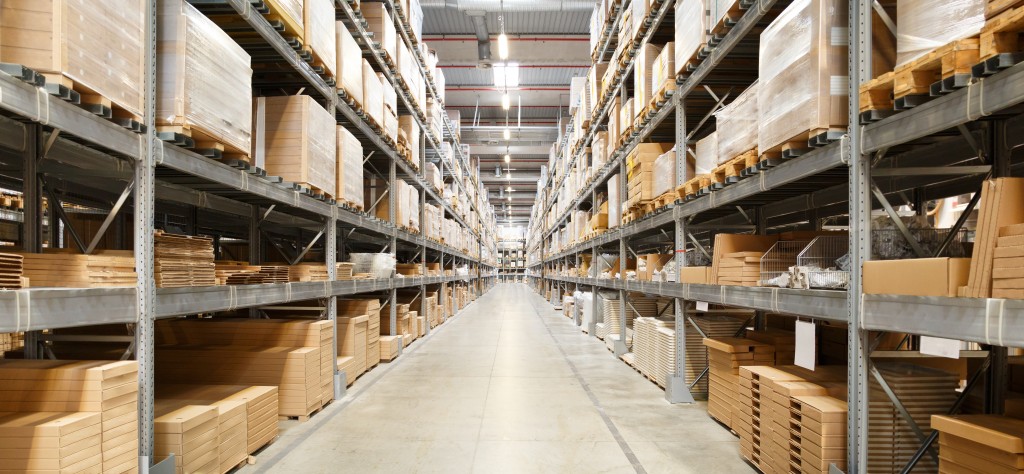Expert Tips for Setting up an Efficient Warehouse
Designing an efficient warehouse is the foundation of an organization’s successful operations. From receiving to storing to shipping, your warehouse’s layout and flow have a direct impact on your customer experience and satisfaction. It doesn’t matter whether your warehouse is small or huge; one crucial thing is – a smooth flow of materials throughout.
People often consider the warehouse as merely a place to store items. However, they don’t realize that the warehouse is more of a dynamic system than a static one. The whole premises have to be set up so that every item is easy to move, store, trace, and ship to desired customers on time.

Warehouse organization is critical to boosting the workers’ productivity, streamlining the business, and cutting down the possibilities of fatal injuries and accidents. Regardless of what you plan to do with the warehouse, make sure your actions are directed to meet the following criteria:
- Efficiency
- Space Maximization
- Inventory Control
- Safety
Here are a few tips for designing your warehouse to contribute to the fulfillment of your goals on time:
Outline your Operational Needs
The first and foremost thing to do is look into your current needs and future requirements regarding product storage and business expansion. After that, draw an accurate sketch of your warehouse building and create a floor plan. List down all the equipment you need in your warehouse and the processes to be carried out. Designate specialized staff and train them to perform their duties optimally in each section of the warehouse.
Determine your Storage Requirements
Once you have documented how the different processes should be carried out in your warehouse, it is time to estimate your inventory needs. You have to predict the amount of stock you would need and an appropriate location to store it. Opt for the warehouse racking organization method (keep your inventory vertically rather than horizontally) to optimize compact warehouse space. Also, consider having separate storage cabinets for dangerous & flammable goods for safety.
Invest in the Right Equipment
If your warehouse is huge and there is a lot of moving of heavy items regularly, you may need to deploy a few forklifts and cranes along with manual transportation equipment like hand carts, pushcarts, and dollies. While the latter equipment is used to transport goods over short distances, you would require the former options to handle larger loads and move them up and down quickly onto warehouse racks.
Use a Reliable Warehouse Management Software
Utilizing good warehouse management software (WMS), depending upon your warehouse’s size and the type of goods you have, is a great way to track your inventory throughout the premises. With WMS, you can record what is stored and where. For a small scale warehouse, an easy alternative is using an Excel spreadsheet and a barcode reader.




